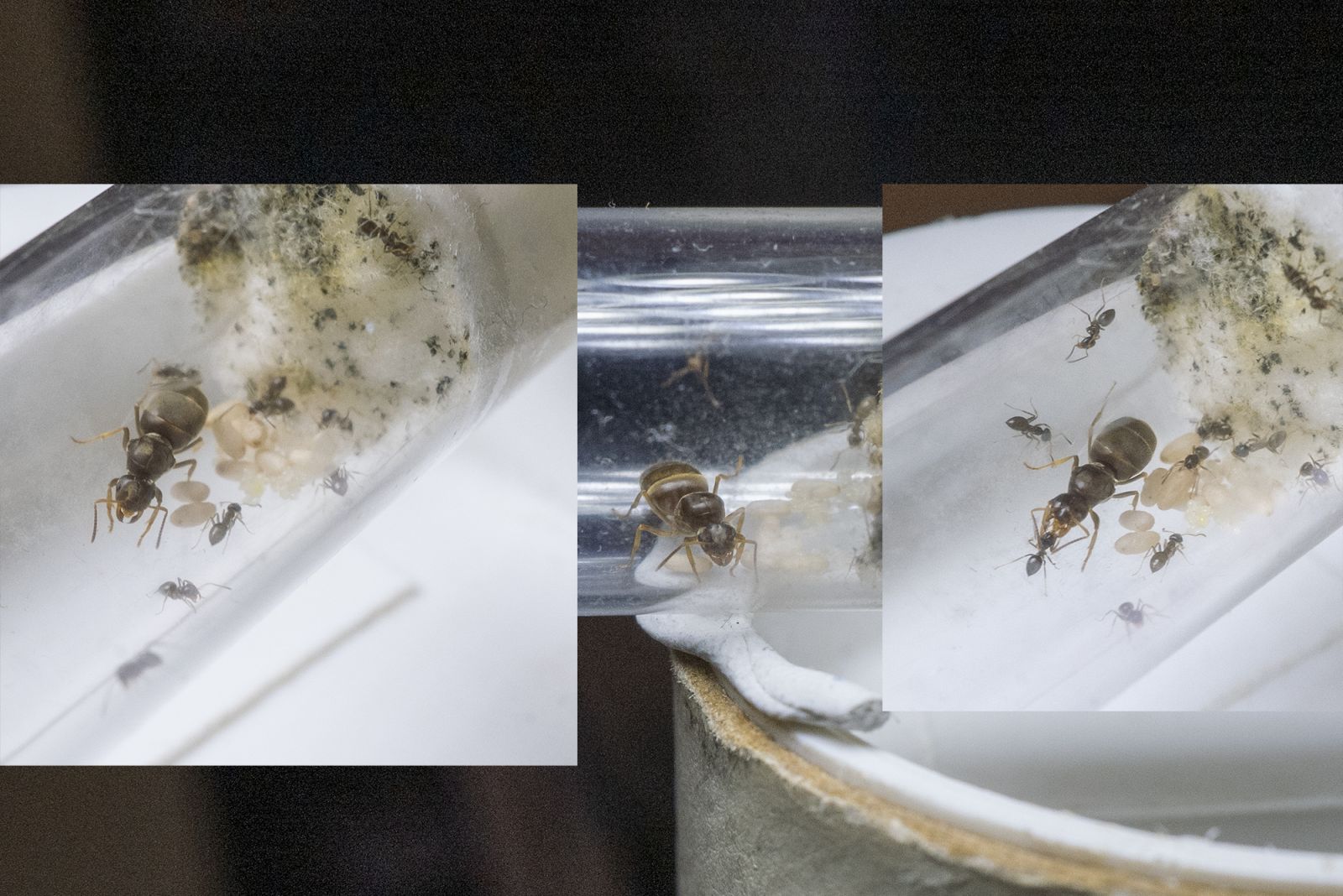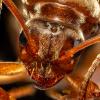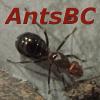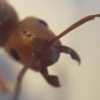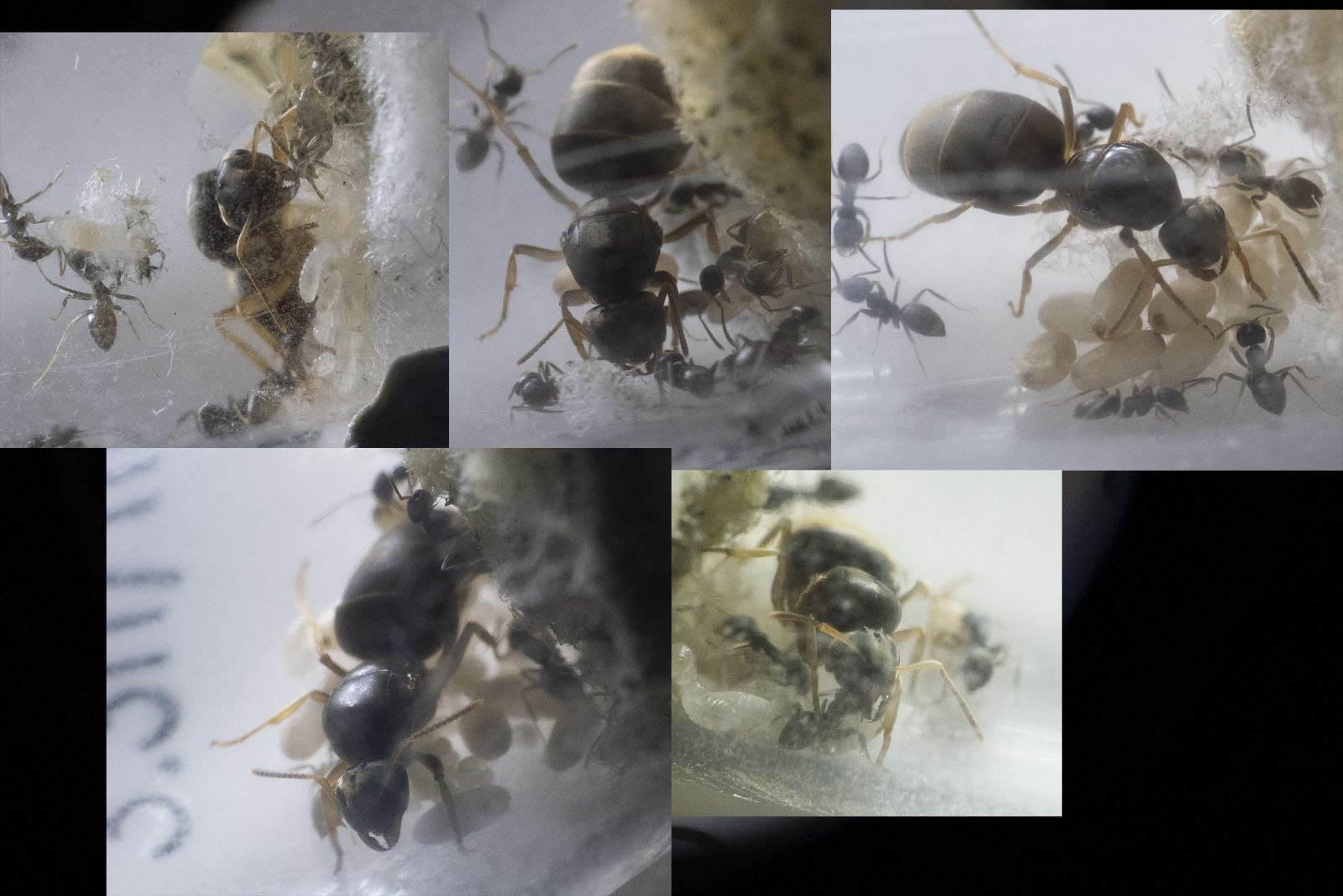No need to get angry, I wasn't trying to rude. I just feel the pictures aren't good enough for anyone to make a clear ID. I respect your identification skills and you've helped me out in the past. I've kept both these species so I have some experience, I just can't help but disagree in this case.
Colouration is highly variable in L. pallitarsis, they can range from light brown and similar to L. neoniger or dark brown like L. americanus. Although there are features that point in one direction or the other, the defining features that distinguish the two species are:
-L. pallitarsis has a clearly defined offset, short, and upturned basal tooth on its mandible.
-L. americanus has a lack of hair on its scape and hind tibiae.
Neither of these features are visible in these pictures.
